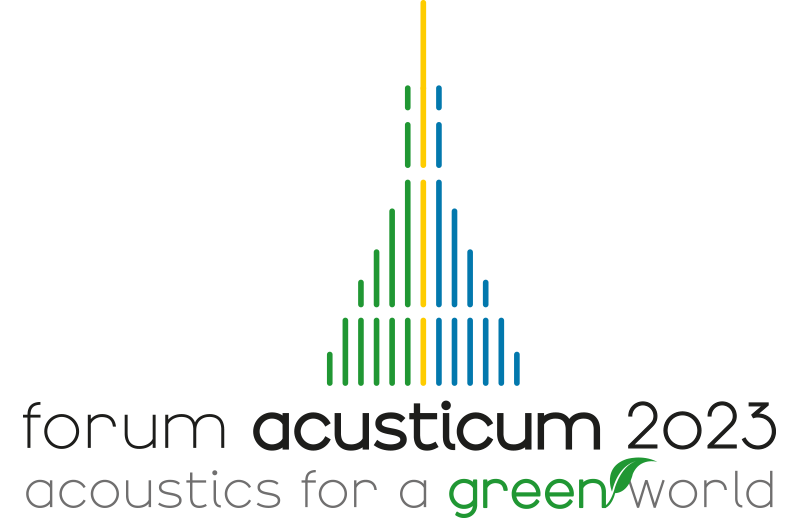

European Acoustics Association
Forum Acusticum 2023
Politecnico di Torino
Torino, Italy
September 11 - 15, 2023
 |
 |
Proceedings of the 10th Convention of the European Acoustics Association Forum Acusticum 2023 Politecnico di Torino Torino, Italy September 11 - 15, 2023 |
|
Abstract Openwind is a python library, (free and open source) dedicated to the simulation of wind instruments. It provides the computation of the acoustic response in the frequency domain (impedance or admittance) or in the time domain (impulse response), from the geometry of the instrument (main bore, side holes, valves) . Several models are implemented and gives the possibility to take into account thermo-viscous losses, several radiation conditions etc. It is also possible to perform a sound simulation of brass and reed instruments. A graphical interface freely available online (https://demo-openwind.inria.fr) gives the possibility to perform frequency domain simulations without coding. After having presenting the main features of the python library and the associated documentation, we will focus on the graphical interface through the presentation of a pedagogical activity. During this course proposed by the Itemm (school for instrument makers), the students in musical instrument making were asked to study several problems common in wind instruments, and especially the optimization of the main bore or the position of the side holes. From geometry design to impedance curves and resonances analysis, we will present how students learn to implement a general methodology for solving problems in wind instruments using this virtual prototyping tool. |
||||||||||||||||||||